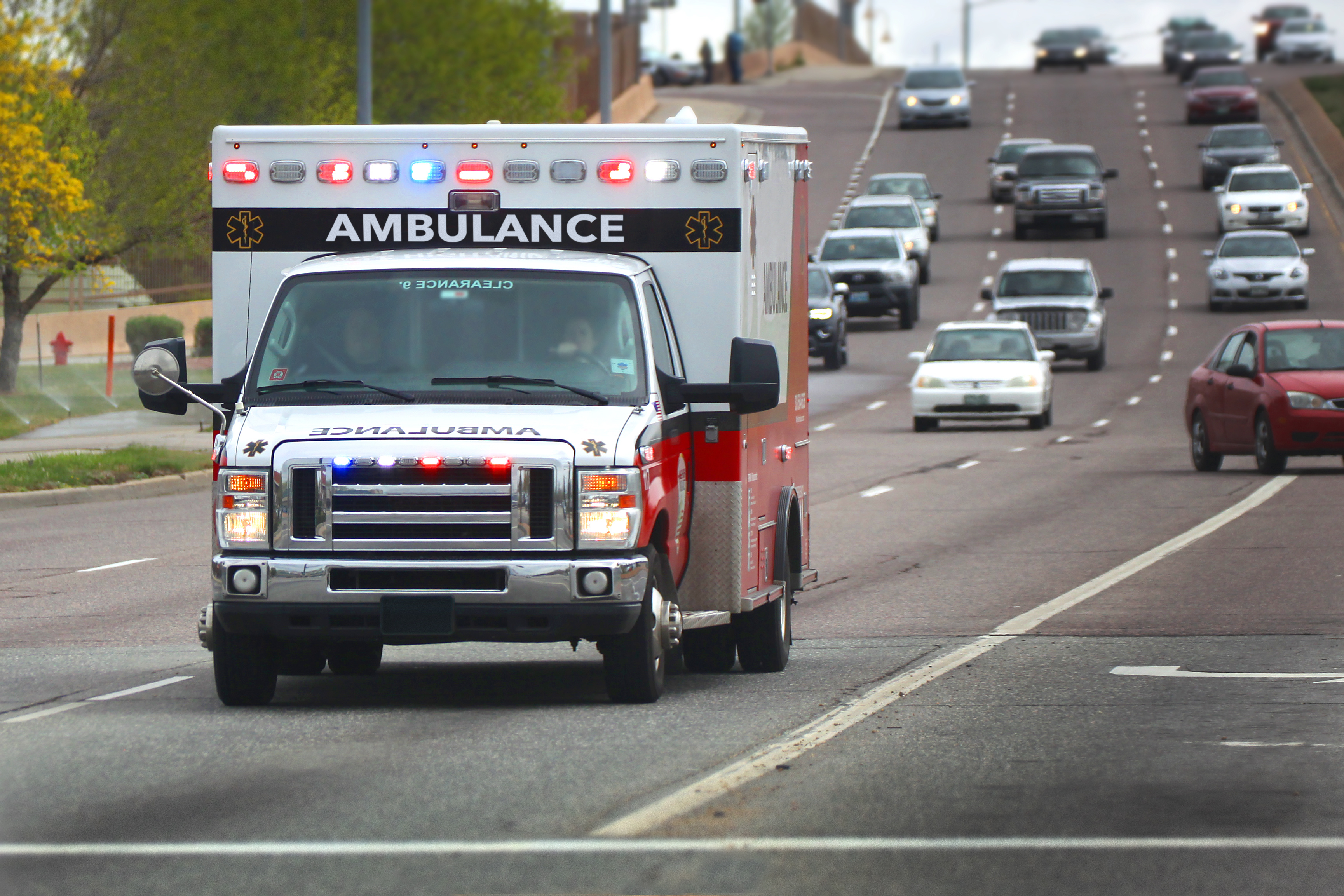
The future of EMS includes (and combines) two trends: technological advances and the expansion of the role of EMS in providing community medical care.
It is, in part, the advances in technology (some of them already discussed in these blogs) that will allow for that expanding role. As technology becomes smarter and devices become smaller and more portable, it is increasingly possible to provide immediate blood testing for sepsis, STEMI, and so on, as well as portable ultrasound machines. Additionally, communications technology allows EMTs to communicate with doctors but also to share test results and images. Thus, improved on-the-spot diagnoses allow EMTs to begin emergency treatments immediately and to prepare Emergency Departments to receive patients, improving outcomes. A new development may be electronic stickers or wristbands that the patient wears to provide a means of continuous monitoring, or at least transfer information—vital signs, test results—seamlessly. (Anyone who has been a patient in a giant urban ER and experienced the chaos that results when the hospital loses the chart so that no one, anywhere, knows what tests have been done and what the results are will appreciate this.)
Some of the technology simply allows emergency providers to do their job better. But it also holds the potential for the emergency vehicles to function as MIH: mobile integrated healthcare units. If EMTs have diagnostic equipment and can communicate results to doctors as needed, then more treatment can be provided without bringing the patient to a potentially distant or overcrowded and expensive ER. Possible situations where this might be useful are in monitoring patients with chronic illnesses, for follow-up care after hospital discharge, or for patients who cannot get to nearest medical treatment because it is too far away or they are too frail. By way of portable testing and telemedicine, patients can be treated at home or transferred to the appropriate facility, such as a mental health or substance abuse treatment center.
It is a way to provide mobile community medical care that is both cheaper and more effective than unnecessary hospital visits. One of the major national wireless providers currently has an advertisement that shows a doctor performing surgeries by way of robotic hands from a remote location—as in, the doctor is nowhere near the patient—which may or may not be something one hopes for!
There have been, of course, medical vans that provide services, including early portable X-ray machines for the diagnosis of tuberculosis and modern vans containing portable mammogram machines that park on city streets and make mammographies extremely convenient. What is new is the range of services that could be provided, which would make them function rather like a very modern version of a doctor making house calls.